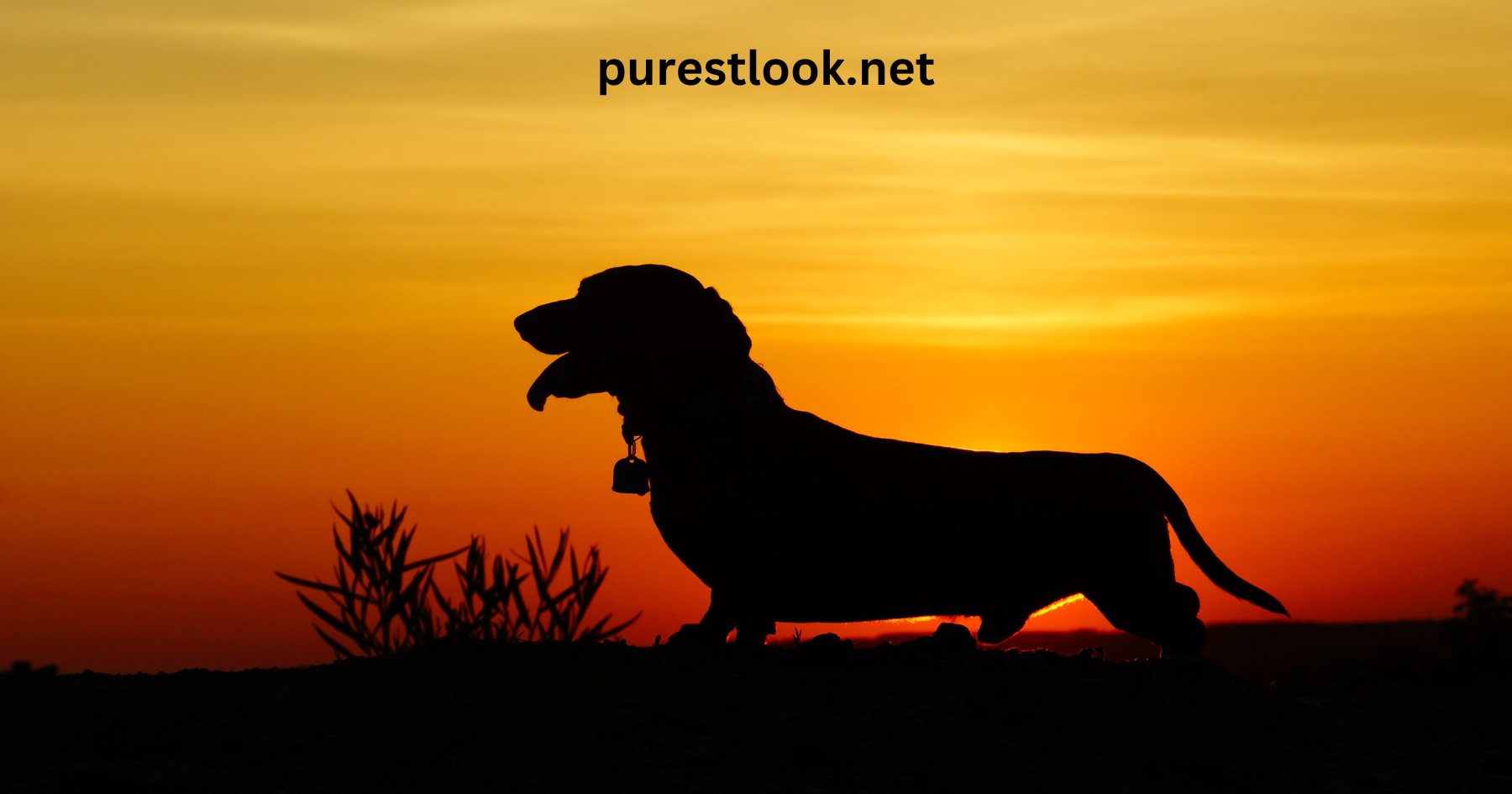Have you ever wondered how your dog sees the world? Sunsets captivate human eyes with their rich colors and breathtaking views, but do our furry friends experience the same beauty? Understanding what sunsets look like to dogs begins with exploring how their vision differs from ours. This guide will shed light on canine vision and provide an insight into how dogs perceive sunsets.
How Does a Dog’s Vision Work?
Dogs have a unique vision system tailored to their needs as predators and companions. Unlike humans, who have trichromatic vision, dogs have dichromatic vision, meaning they see only two primary colors—blue and yellow. This limited color perception affects how dogs view the world around them, including sunsets.
Human Vision vs. Dog Vision
| Feature | Human Vision | Dog Vision |
|---|---|---|
| Color Range | Trichromatic (Red, Green, Blue) | Dichromatic (Blue, Yellow) |
| Night Vision | Moderate | Superior |
| Field of Vision | 180 degrees | 240 degrees |
| Detail Sensitivity | High | Moderate |
What Colors Can Dogs See in a Sunset?
Dogs perceive sunsets differently due to their dichromatic vision. While humans see vibrant reds, oranges, and purples, dogs view sunsets in muted tones of blue and yellow.
- Blue hues: Dogs see a variety of blue shades in the sky.
- Yellow tones: The golden parts of a sunset are visible to dogs as yellow or grayish-yellow.
- Lack of red and orange: These colors appear as shades of gray or brown to dogs.
Why Do Dogs Have Dichromatic Vision?
The evolution of canine vision is rooted in their history as predators. Dichromatic vision helps dogs detect movement and see better in low light, making it ideal for hunting during dawn and dusk.
Benefits of Dichromatic Vision
| Advantage | Description |
|---|---|
| Enhanced night vision | Dogs can see well in dim light, unlike humans. |
| Motion detection | Dogs excel at spotting moving objects. |
| Peripheral vision | A wider field of vision helps detect threats. |
Do Dogs Enjoy Sunsets?
While dogs may not see the vivid colors humans do, they still appreciate the changes in light and temperature during a sunset. Dogs rely on their other senses, such as smell and hearing, to experience the world around them. The calm ambiance of a sunset may create a soothing environment for your pet.
How to Experience a Sunset with Your Dog
Spending time outdoors during a sunset can be a relaxing activity for both you and your furry friend. Here are some tips:
- Choose a quiet location: Minimize distractions to help your dog relax.
- Bring treats and water: Keep your dog comfortable during your outing.
- Watch for behavioral cues: Notice if your dog seems curious or calm in the changing light.
Conclusion
Sunsets offer a tranquil moment for humans and dogs alike, through their experiences differ. By understanding what sunsets look like to dogs, we can apreciate their unique perspective and create meaningful shared experiences. So next time you watch a sunset with your furry companion, remember that while the colors may differ, the bond you share remains the same.
FAQs
What do sunsets look like to dogs?
Dogs see sunsets in shades of blue and yellow due to their dichromatic vision, with red and orange appearing as gray or brown.
Do dogs enjoy sunsets?
While they may not perceive the colors as humans do, dogs often find the calm ambiance of a sunset relaxing.
Can dogs see better than humans at dusk?
Yes, dogs have superior night vision and can see better in low light, making dusk an optimal time for them to explore.
How does a dog’s vision affect their daily life?
A dog’s dichromatic vision allows them to detect motion and see well in dim light, but they perceive fewer colors than humans.
What activities can I do with my dog during a sunset?
Take a peaceful walk, enjoy a picnic, or simply sit together and enjoy the changing light in a quiet location.
